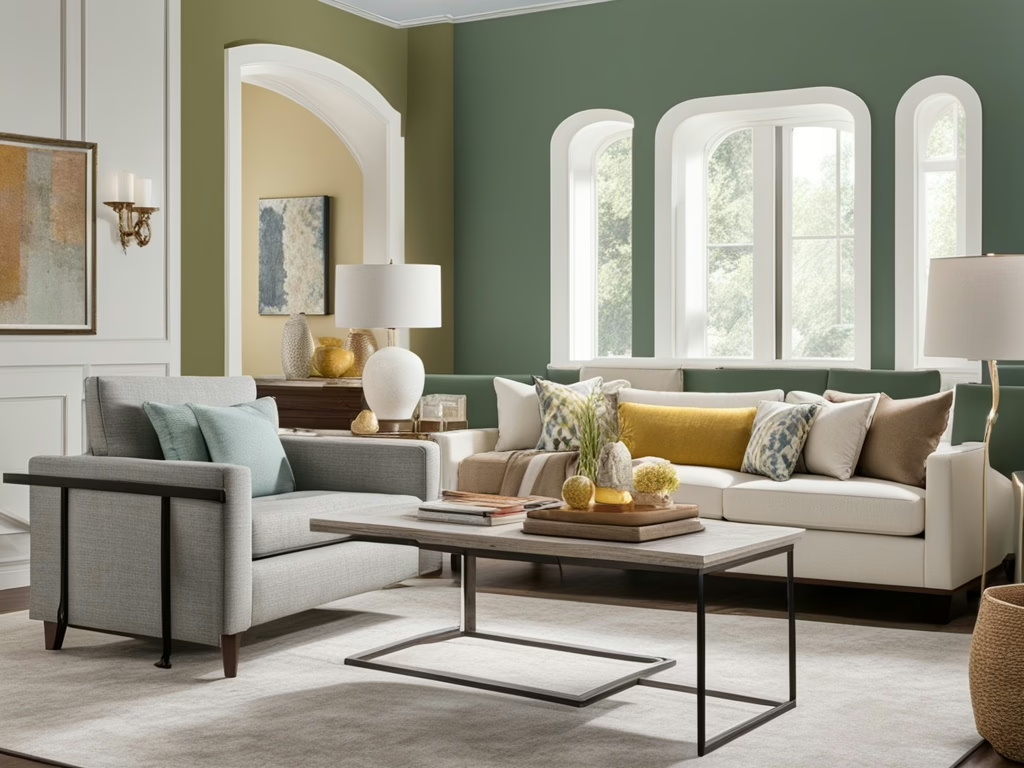
Avoiding common color mistakes designers make is crucial to creating visually appealing, harmonious spaces. The right colors can evoke positive emotions and enhance functionality, but errors can easily detract from a design’s overall impact. Learn the top pitfalls and how to steer clear of them.
Ignoring the Importance of Lighting
One of the biggest color mistakes designers make is neglecting how lighting affects paint and décor choices. Lighting dramatically influences color perception:
-
Always test paint samples under natural and artificial lighting.
-
Remember that cool lighting can intensify blues, while warm lighting enhances reds and yellows.
-
Observe colors at different times of the day to ensure consistency.
Choosing Colors in Isolation
Selecting colors individually without considering the whole design scheme is another frequent color mistake.
-
Always create a cohesive color palette before purchasing paint or décor.
-
Use mood boards and physical samples to visualize the overall effect.
-
Consider the relationship between adjacent rooms for flow and harmony.
Ignoring Color Psychology
Neglecting the psychological effects colors have is among the common color mistakes designers make. Colors deeply affect moods and behaviors.
-
Warm colors (red, orange, yellow) stimulate energy and social interaction.
-
Cool colors (blue, green) promote relaxation and tranquility.
-
Neutrals offer flexibility but should be balanced with accents for interest.
Overlooking Lighting’s Effect on Color
Lighting dramatically impacts color perception, yet many designers forget to account for this.
-
Test paint colors under your intended artificial lighting.
-
Incorporate adjustable lighting solutions like dimmers to control the ambiance.
-
Use layered lighting to balance color perception in different areas of a space.
Ignoring Client Preferences and Lifestyle
Ignoring the client’s lifestyle and preferences is a critical color mistake designers must avoid.
-
Engage clients thoroughly to understand their color preferences and lifestyle.
-
Balance client tastes with professional expertise to create aesthetically pleasing results.
-
Ensure the chosen colors enhance the space’s function and client satisfaction.
Ensure Your Color Choices Shine
Avoiding these common color mistakes designers make can significantly elevate your design projects. Thoughtful, deliberate color choices ensure your interiors resonate with clients, reflect their personalities, and showcase your design expertise.
Ready to enhance your design skills and confidently choose the perfect colors every time?
👉 Join our Interior Design & Home Staging Incubator to learn expert strategies from industry leaders.
👉 Enroll in The Academy of Home Staging & Design and transform your passion for design into a thriving business today!